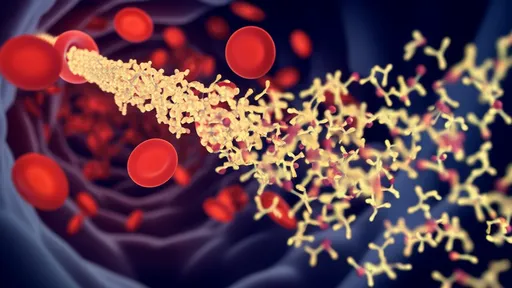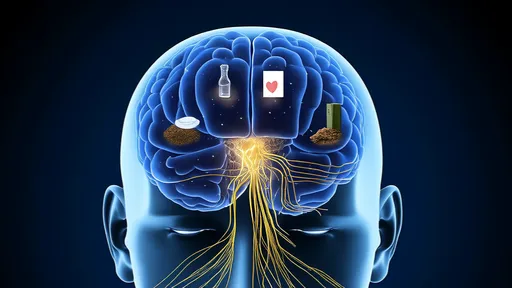The rise of neuroenhancers—pharmaceuticals designed to boost cognitive function—has sparked a heated debate about the ethical implications of cognitive "upgrades" in modern society. These substances, ranging from prescription stimulants like Adderall to experimental nootropics, promise sharper focus, enhanced memory, and improved mental stamina. Yet beneath the allure of peak mental performance lies a troubling question: who gets to be enhanced, and at what cost?
Neuroenhancers are no longer confined to the fringes of biohacking communities or Silicon Valley elites. They have seeped into academic institutions, corporate workplaces, and competitive environments where cognitive edge translates to tangible success. Students cramming for exams, professionals working grueling hours, and even gamers seeking faster reaction times are increasingly turning to these substances. The demand is so pervasive that it has created a shadow market where prescriptions are shared, and unregulated compounds are traded with little oversight.
This widespread use has exposed a stark divide. Those with access to healthcare, financial resources, and social networks facilitating prescription acquisition enjoy the benefits of neuroenhancement, while others are left behind. The disparity is not merely about who can afford the pills; it extends to who can navigate the medical system to obtain them legally, who has the cultural capital to justify their use, and who faces stigma or legal consequences for the same behaviors. In essence, cognitive enhancement is becoming another axis of inequality, reinforcing existing privileges under the guise of self-improvement.
The ethical dilemma deepens when considering the pressure to enhance. In environments where neuroenhancers are common, abstaining can feel like self-sabotage. Students who choose not to take stimulants may find themselves at a disadvantage against peers who do. Similarly, employees in high-stakes industries might feel compelled to use cognitive boosters to meet unrealistic expectations. What begins as a personal choice morphs into a societal expectation, blurring the line between voluntary enhancement and coerced performance.
Regulatory bodies struggle to keep pace with the rapid evolution of neuroenhancement. Prescription drugs like modafinil, approved for sleep disorders, are widely used off-label for cognitive benefits. Meanwhile, new nootropics with unknown long-term effects enter the market with minimal scrutiny. The lack of clear guidelines creates a gray area where users gamble with their health, and policymakers grapple with how to balance innovation with safety. Should these substances be regulated like other performance-enhancing drugs? Or should they be treated as tools for personal development, akin to education or nutrition?
The conversation becomes even more complex when considering the potential for misuse. Neuroenhancers could widen the gap not just between socioeconomic groups but between generations. Imagine a future where the wealthy can afford gene therapies or advanced neural implants, leaving others reliant on outdated and less effective methods. The specter of a "cognitive elite" raises dystopian concerns about societal stratification based on mental capacity—a modern-day caste system dictated by biology and access to enhancement technologies.
Yet, proponents argue that neuroenhancement could also be a great equalizer. If made universally accessible, these tools might help level the playing field for individuals with learning disabilities, age-related cognitive decline, or other neurological challenges. The same drugs that give privileged students an edge could also empower struggling learners to reach their potential. The key, they suggest, is not to reject enhancement outright but to democratize it, ensuring that benefits are distributed equitably rather than monopolized by the affluent.
As the debate rages on, one thing is clear: the era of cognitive enhancement is already here, and society must confront its implications head-on. The choices made today—about regulation, access, and cultural attitudes toward neuroenhancement—will shape the future of work, education, and human potential. Will these technologies deepen existing inequalities, or can they be harnessed to create a fairer, more inclusive world? The answer depends not just on science, but on the values we choose to prioritize as a society.

By /Jul 3, 2025

By /Jul 3, 2025

By /Jul 3, 2025

By /Jul 3, 2025

By /Jul 3, 2025

By /Jul 3, 2025

By /Jul 3, 2025

By /Jul 3, 2025

By /Jul 3, 2025

By /Jul 3, 2025

By /Jul 3, 2025

By /Jul 3, 2025

By /Jul 3, 2025

By /Jul 3, 2025

By /Jul 3, 2025

By /Jul 3, 2025

By /Jul 3, 2025

By /Jul 3, 2025

By /Jul 3, 2025

By /Jul 3, 2025